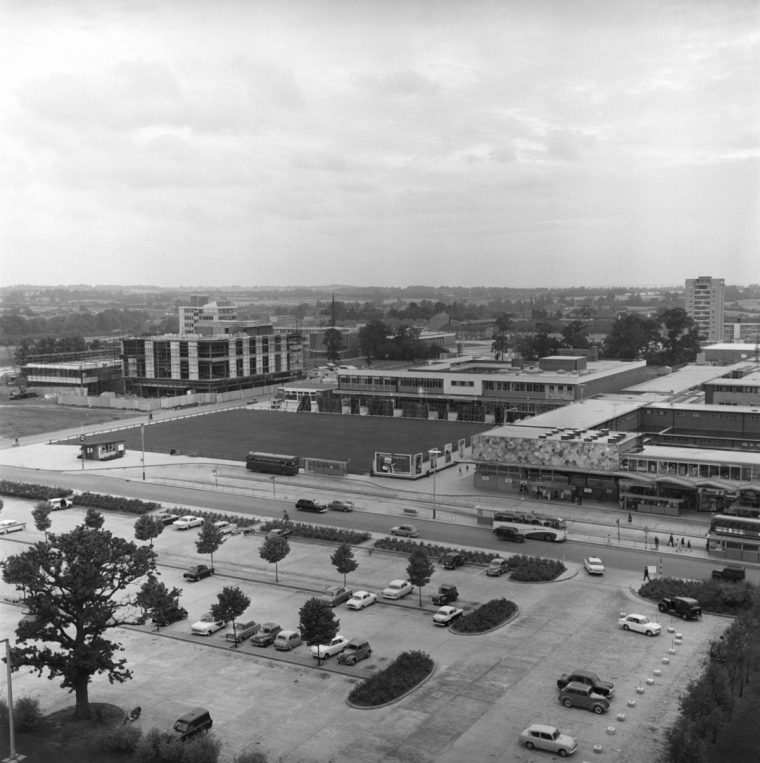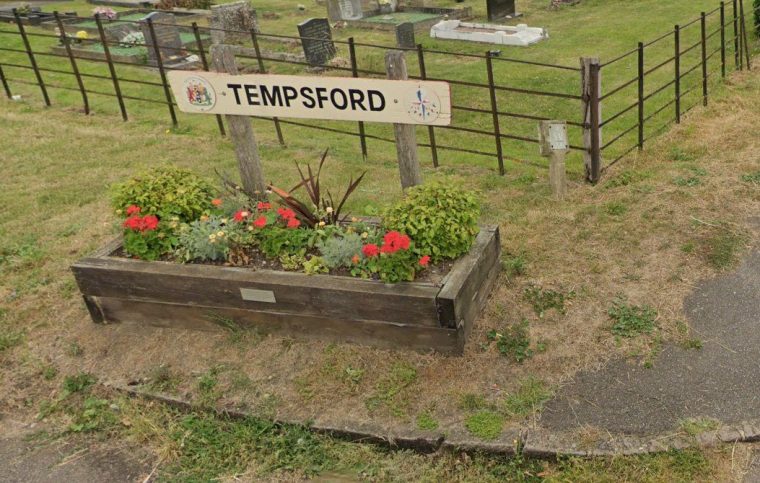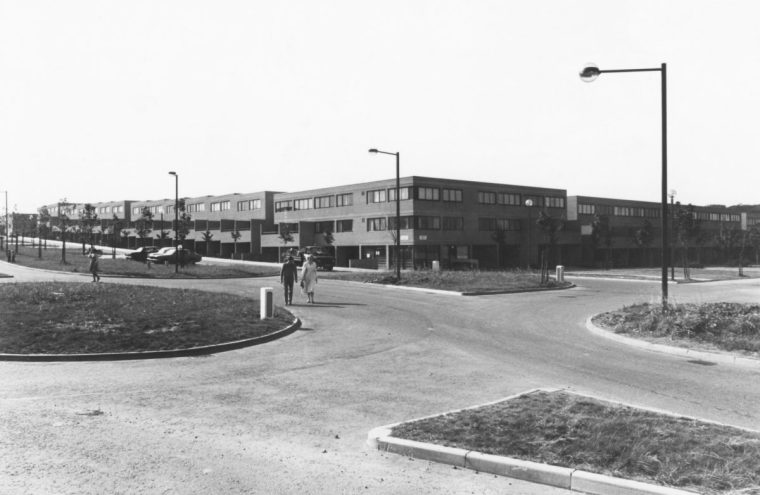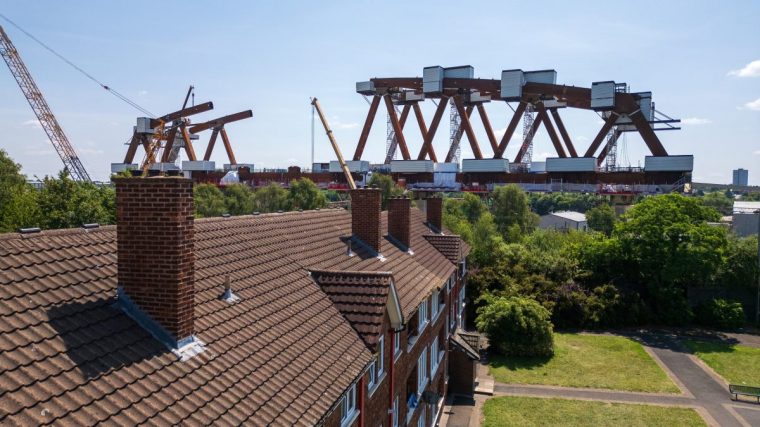Why Labour’s "New" Towns Might Not Be New at All
Mention the phrase “ new towns ” and images of the roundabouts, grandiose “boulevards” and modernist glasshouses of Milton Keynes are likely to be conjured up.
Or perhaps the green spaces, shopping precincts, and concrete of Harlow in Essex. These sprawling but planned developments, built where only country villages existed before, have become symbolic of the successive waves of Britain’s post-war new towns.

They hark back to a level of ambition most Britons would be forgiven for believing has long been lost in Whitehall.
It is what made Sir Keir Starmer ’s pledge to deliver a fresh batch of new towns so eye-catching when he first announced it at his conference speech in 2023, reflecting a renewed aspiration to tackle the deepening housing crisis .
But as the Government prepares to release the list of proposed sites for development of new towns, it is expected that the vast majority are unlikely to fall into the category of entirely “new” new towns.
Up to 12 new sites for development
The New Towns Taskforce is due to deliver its final report later this summer after spending a year examining potential sites, which will provide a list of between eight and 12 areas earmarked for development.
The “new towns” it proposes will be divided into three categories. There could be entirely new towns – the 21 st century equivalents of Milton Keynes and Harlow. Urban extensions are a second category – developments that build out from existing towns and cities, in the way that Barking Riverside already has done along east London’s docklands. Lastly there could be urban infills: mainly brownfield sites within existing cities.
Labour originally briefed back in 2023 that it would create as many as four completely new towns. But according to sources, just one site, Tempsford in Bedfordshire, is expected to fit the categorisation of potentially becoming an entirely new town, on a scale of Welwyn Garden City in the 1940s, Runcorn in the 1960s or indeed Milton Keynes.

The village just north of Bedford is viewed as being an optimal candidate for significant development, particularly as it is due to enjoy rails links as part of a new East West Line between Oxford and Cambridge, and already has good routes into London.
Experts, however, insist that this should not be seen as a bad outcome.
‘Urban extensions’ to make up most of the plan
“Urban extensions are expected to do a lot of the heavy lifting,” Sam Dimitriu, head of policy at pro-growth think-tank Britain Remade, said. “They are easier to deliver and have the strongest economics.”
“Very few will be completely new towns,” he added.
The comments were echoed by Nicholas Boys Smith, chairman of the urban design think-tank Create Streets, which helped draft Labour’s new towns plans before the election.
Read Next: Why Labour’s new towns will be full of ‘ugly’ but expensive homes
“Doing urban extensions is sensible,” Boys Smith said. “This will allow the Government and developers to deliver them much more quickly by piggybacking on existing infrastructure rather than having to make everything up from scratch. New towns 100 per cent de novo will take many years.”
Despite this, Boys Smith said he “hoped and expected” entirely new towns to form part of the Government’s plans, but one that focused on “place making” rather than merely delivering a “collection of houses”.
“We need to create towns, not just build houses. This will create more homes, more sustainable living patterns and greater value with less land required,” he said, before adding: “It is hard to imagine another Milton Keynes being replicated.
“For all its success, it is a very land-hungry model based on US-style town planning, which is hard to fit into squeezed southern England.”
An expanded Milton Keynes
While a fresh wave of Milton Keynes-sized developments may not be on the cards, it is expected that a major expansion to the Buckinghamshire new town – now a city – will make it onto the final list of approved sites for additional housing, The i Paper understands.

The decision is likely to be welcomed by Chris Curtis, the Labour MP for Milton Keynes North, who said his constituency showed that it was important for the Government to identify sites that can continue to grow over many years.
“You don’t create an entirely new town overnight, you create somewhere that is desirable to live and can continue to grow in the future.
“I’d prefer us to build a smaller number of projects well, than a large number of projects badly,” he added.
The New Towns Taskforce has had to undertake its research in strict secrecy, keeping its visits to the roughly 100 sites put forward by local authorities under wraps in a bid to avoid land values rocketing with the prospect of them being earmarked for development.
There is a consensus within the housing industry that most, if not all, new towns should be located in the South of the country, where there is the greatest need for new housing, but there is equally a recognition that this is not politically viable.
Northern ‘hot spots’ could be included
As such, the final list is expected to propose sites in one or two housing “hot spots” in the North, where demand is high, such as the outskirts of York, Sheffield, Manchester and near Birmingham where major new infrastructure in the form of HS2 is on its way.

That will play into fears in some quarters that the Government may try to utilise the new towns programme to solve problems that go beyond housing shortages, such as regional inequality .
“The concern is that ministers try to dot the sites around the country,” Dimitriu said. “We can do this well if we have a clear goal, which is not distorted by four or five different objectives.”
Curtis agreed: “There are other ways to support the regeneration of the North, but this shouldn’t be one of them. But it is not a binary thing.”
The allocation of the proposed sites will be just the start of the process, however. The Government must then decide how the developments will be funded, how they will be delivered and, above all, how they will manage what is likely to be large-scale opposition to the building projects.
New towns to take a decade to build
“It is very unlikely you will see any houses being built in this Parliament,” Steve Turner, director of the Home Builders Federation, said. “It might be that you can get to a stage where there are spades in the ground, but it’s unlikely any houses will be built until the next Parliament.”
Turner warned against the new towns project becoming a distraction for ministers, who too often become drawn to large-scale infrastructure schemes to the neglect of more pressing day-to-day issues.
Read Next: The areas of the UK where it’s hardest to climb the housing ladder, mapped
“New towns might not be completed for 10 years, they are not going to solve the housing crisis . They will add welcome additional numbers, but it must not distract from the short- to medium-term demands for more housing,” he said.
Shaun Davies, a Labour MP representing an existing new town – Telford, in Shropshire – said the new towns policy presented the Government with a “once in a generation opportunity” to build new communities at scale, but warned it risked squandering it without proper investment.
“It [the Government] needs to be far-sighted. Too many new towns haven’t been able to sustain their rapid growth because they were neglected under [Margaret] Thatcher and [John] Major,” he said.
“The Government must recognise that supporting new towns and supporting young towns, such as Telford, are the same mission. Without that long-term plan and sustained growth, new towns are nothing more than a gimmick.”
Post a Comment for "Why Labour’s "New" Towns Might Not Be New at All"
Post a Comment